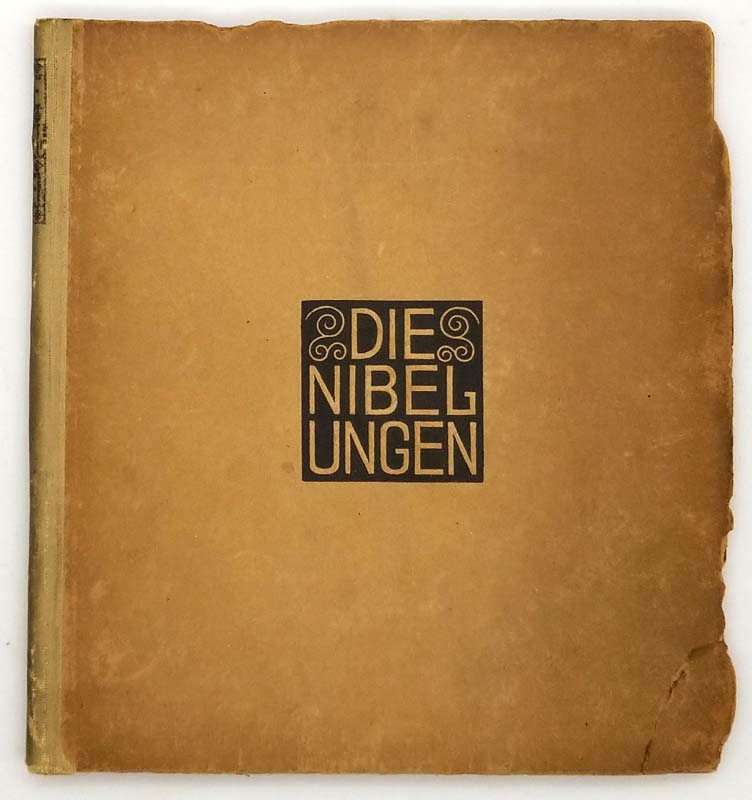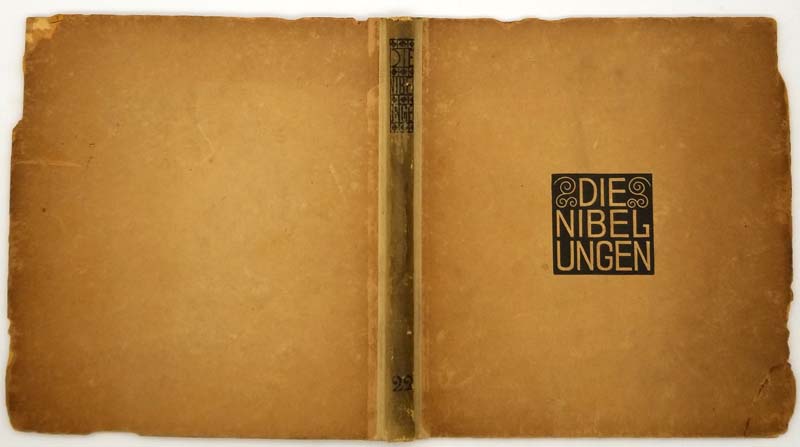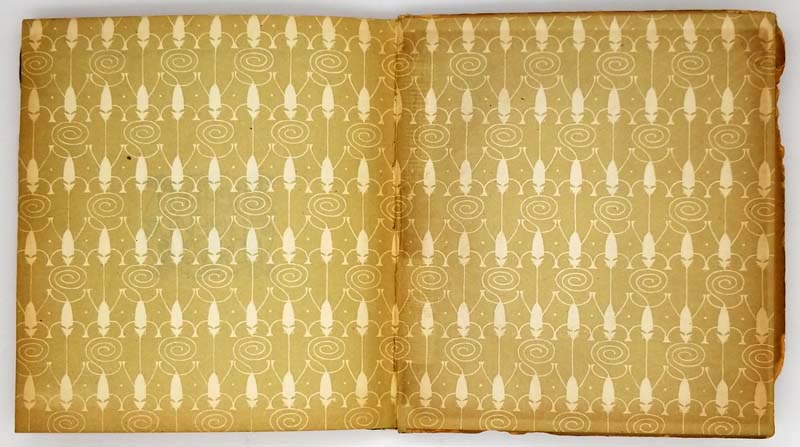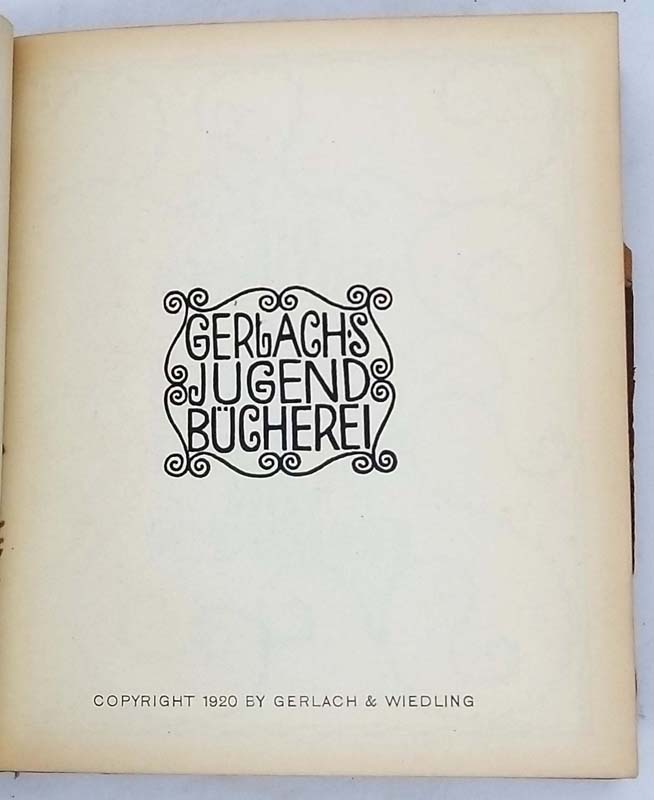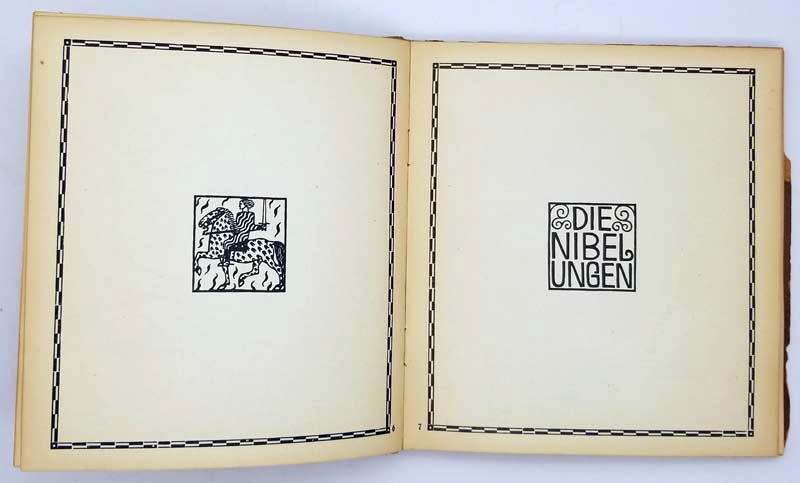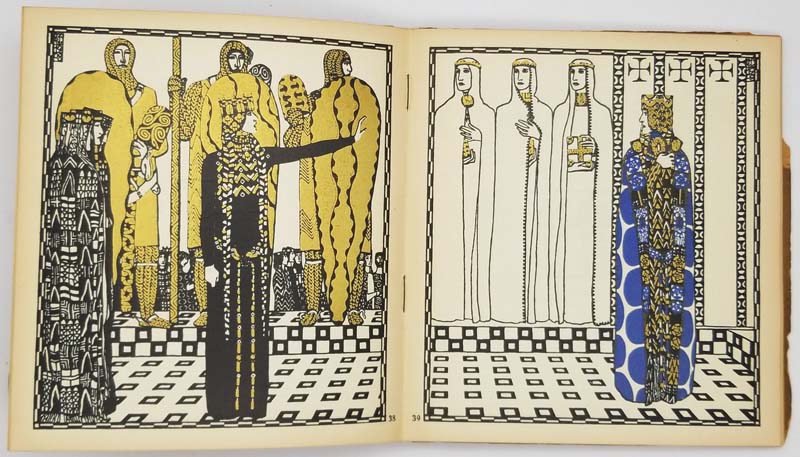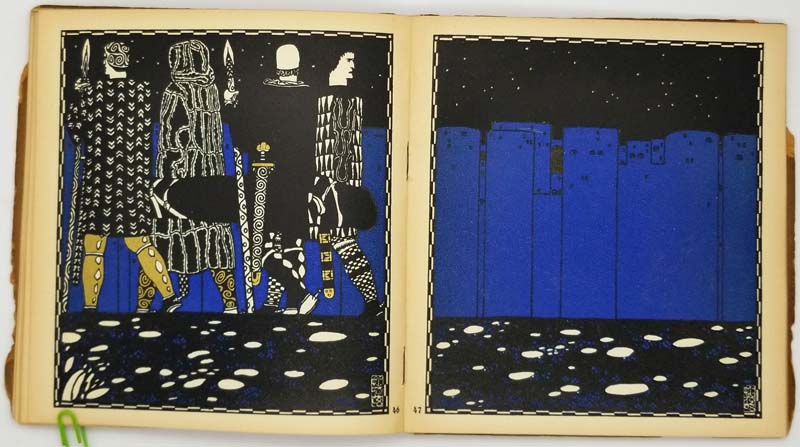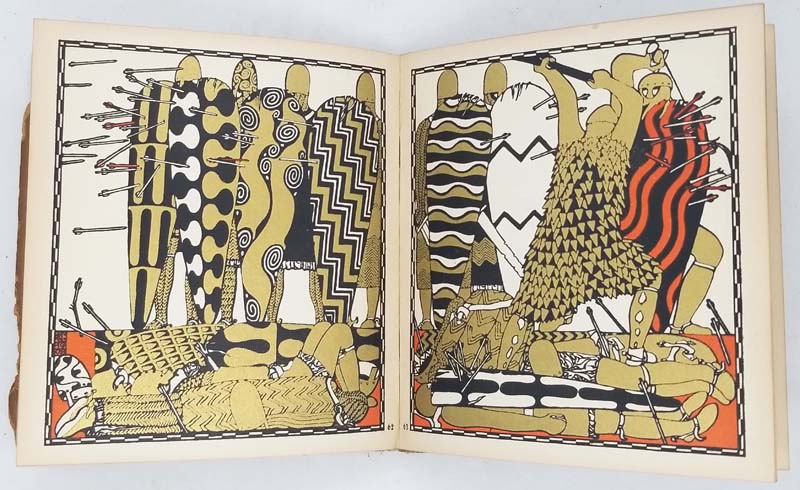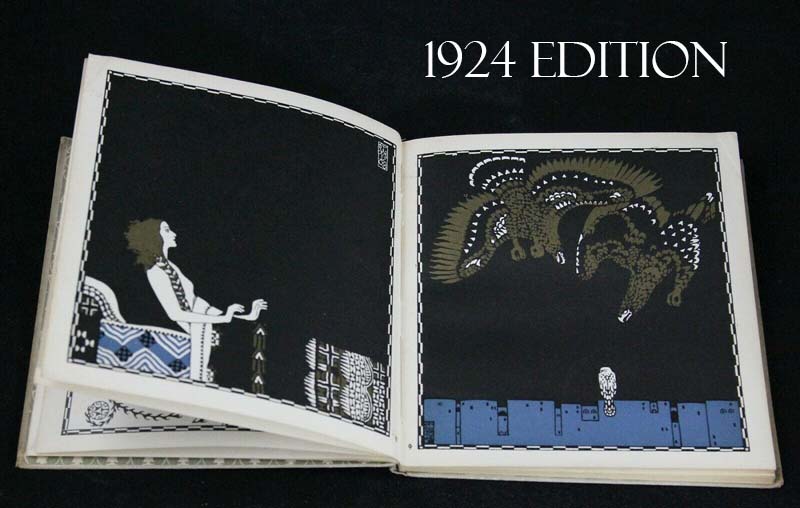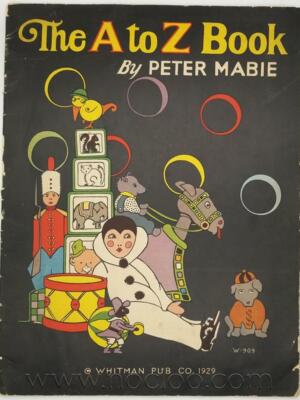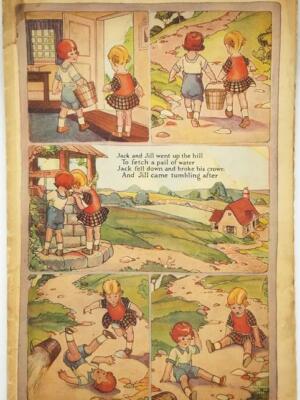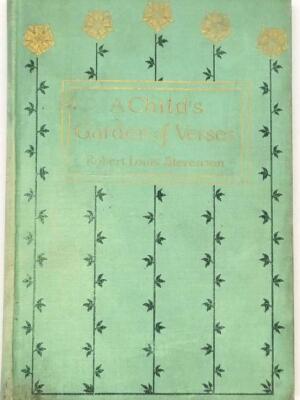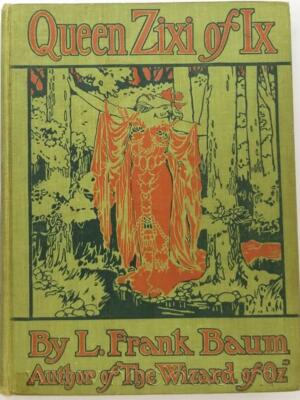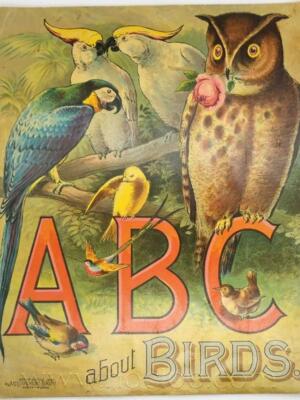Carl Otto Czeschka’s Die Nibelungen stands as a monumental achievement in early 20th-century book arts, reinterpreting the Germanic epic through the radical lens of Vienna Secession and Jugendstil aesthetics. Commissioned by the Wiener Werkstätte as a luxury folio, Czeschka’s visionary illustrations transmute the medieval saga of Siegfried’s heroism, Kriemhild’s vengeance, and the Burgundians’ downfall into a stark, modernist visual language.
With knife-sharp lines, flattened perspectives, and gilded geometric ornamentation, Czeschka’s pages pulse with primal energy—dragons rendered as sinuous Art Nouveau curves, armies marching in rhythmic patterns reminiscent of Byzantine mosaics, and tragic moments like Hagen tossing the Nibelung treasure into the Rhine distilled to iconic silhouettes. The artist’s innovative page designs fuse text and image into unified compositions, where angular typography and decorative borders mirror the story’s themes of fate and betrayal.
The book’s typography and page layouts are equally revolutionary, with text blocks integrated into decorative frameworks that echo the narrative’s tension between destiny and human agency. A masterpiece of Gesamtkunstwerk (total artwork), Czeschka’s Die Nibelungen bridges Germanic tradition and modernist innovation, influencing later movements like Art Deco and Expressionism.
This edition crystallizes the Wiener Werkstätte’s philosophy of Gesamtkunstwerk, bridging medieval Germanic tradition with avant-garde formalism. Czeschka’s influence reverberated through 20th-century visual culture, from Fritz Lang’s expressionist film adaptation to contemporary graphic novels. More than an illustrated book, it is a seismic reinterpretation of myth—where the Nibelungenlied’s ancient shadows are recast in the electric glow of modernism.
“A gleaming blade of a book—cutting through centuries to reveal myth’s eternal edge.”
